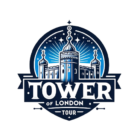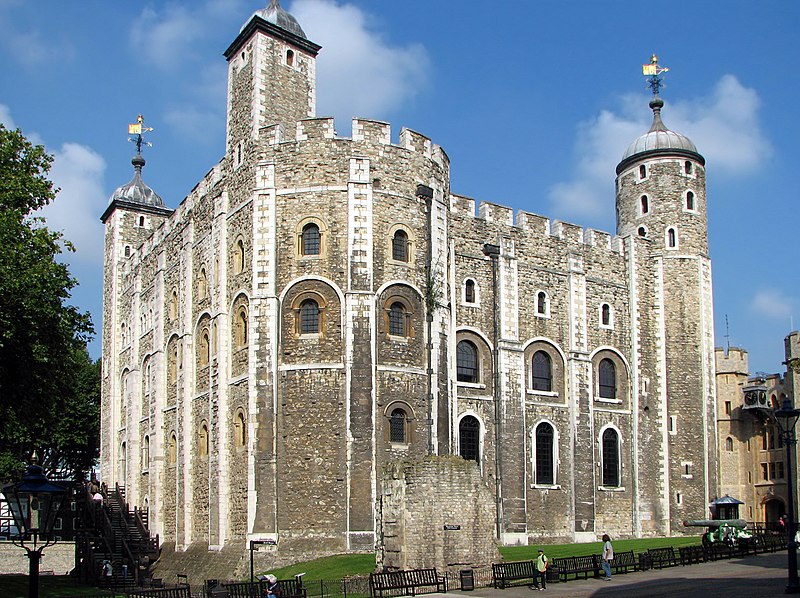The White Tower is an iconic building located within the Tower of London complex, one of the most famous historical landmarks in London. It is an imposing structure, standing 27.5 meters tall, and made from white limestone. The Tower of London is a UNESCO World Heritage site, and the White Tower is one of its most recognizable features.

Pic: White Tower, Tower of London
History of the White Tower
The White Tower was built by William the Conqueror in 1078, shortly after he had conquered England in the Battle of Hastings. He built the tower as a symbol of his power and to help him maintain control over the city of London. The tower was strategically located on the north bank of the River Thames, close to the Roman wall that had once protected the city.
The tower was originally known as the “Tower of London,” but it became known as the White Tower because of the white limestone that was used to construct it. The tower was built over a period of several years, and it was initially used as a royal residence. The tower’s location on the river meant that it was an excellent vantage point from which to watch over the city and the surrounding countryside.
Over the centuries, the White Tower has been used for a variety of purposes. It has been a royal residence, a prison, a treasury, a storehouse, an armory, and even a zoo. During the 19th century, the tower was used as a museum, and today it is one of London’s most popular tourist attractions.

The architecture of the White Tower
The White Tower is an example of Norman architecture, which was popular in England during the 11th and 12th centuries. The tower’s walls are up to 4 meters thick in places, and it has four turrets on each corner. The entrance to the tower is on the south side, and it is protected by a wooden gate that dates back to the 13th century.
The tower has three floors, and each floor is connected by a spiral staircase that is located in one of the corner turrets. The tower’s interior is relatively plain, with only a few decorative features. However, there are several notable features, including the Chapel in the White Tower called the Chapel of St. John the Evangelist, which is located on the second floor. The chapel is one of the oldest surviving parts of the tower, and it is still used for religious services today.
Visiting the White Tower
The White Tower is open to visitors as part of the Tower of London complex. Visitors can explore the tower’s interior and see many of the artifacts that are on display, including weapons, armor, and other military equipment. There are also exhibitions that focus on the tower’s history and its use as a prison.
One of the most popular exhibits is the “Line of Kings,” which features a collection of armor and weapons that were used by English monarchs throughout history. Visitors can also see the famous “White Tower Ravens,” which are kept at the tower as part of a tradition that dates back to the 17th century.
Conclusion
The White Tower is an important historical landmark in London and one of the most recognizable buildings in the Tower of London complex. It is a testament to the power and influence of William the Conqueror, and it has played an important role in English history for almost a thousand years. Today, the White Tower is a popular tourist attraction, and visitors can explore its interior and learn more about its fascinating history.
The original single entrance was on the south side and it was reached by an external staircase. There were no doors at ground level. The walls on the upper floors were penetrated by narrow slits positioned in wide splays. On the southern side, four pairs of original double slits remain. In the late 17th and early 18th centuries, all others were replaced by Sir Christopher Wren with the windows seen today.
- Journey Through Time: Stonehenge and Windsor Castle Tour - September 11, 2023
- The UK Merlin Annual Pass: A Comprehensive Guide - August 7, 2023
- 10 Prominent People Buried at Westminster Abbey - August 7, 2023

